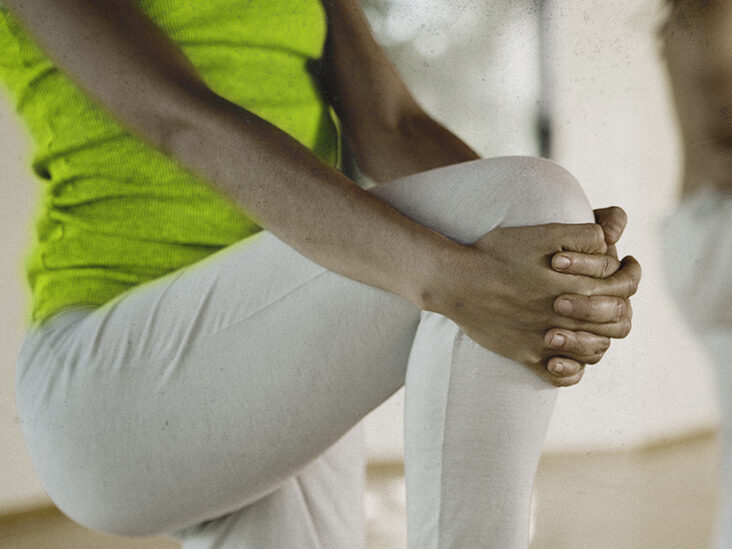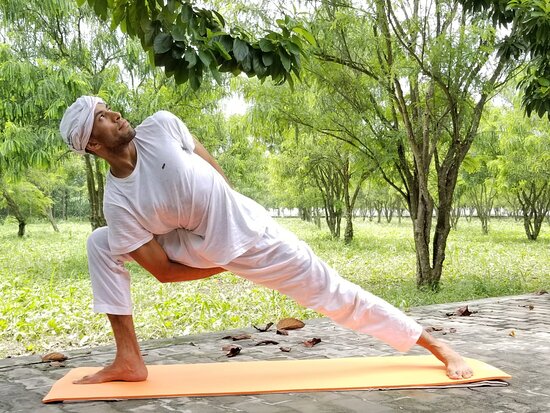
There are many ways to improve your parkinson's symptoms. Dopamine receptor agonists, Deep brain stimulation, and exercise are all common ways to improve parkinson's symptoms. These tips might help. They may even be right to you! Keep reading to learn more. Posted on May 21, 2010 by julia w.
Exercise
Parkinson's sufferers should exercise as part of their daily life. Even though your doctor may recommend medication, it is important that you include exercise in your daily routine. Regular exercise can improve your condition and help you live a healthy life. You can incorporate a cardio workout such as jogging into your daily schedule. It will help keep you active, reduce your risk of falling, and increase your heart rate.
Parkinson's disease affects many people who have weak muscles, stiff joints, and poor coordination. Regular exercise can improve motor function and coordination, which will make everyday tasks more manageable. Consult your doctor before starting an exercise routine. If your symptoms become worse, consult a physician or physical therapist. Working out with a therapist, or a trainer can help to create a custom exercise plan.

Healthy diet
A healthy diet can help you manage your Parkinson's symptoms. A healthy diet should include foods high in vitamins, minerals, and fiber. Restrict your intake dairy products, processed foods, and saturated oils. Avoid eating tough meats, which can worsen the symptoms of Parkinson's. You may also be recommended by your doctor certain food groups. Your doctor may also recommend dietary supplements. A healthy diet is not an instant cure for Parkinson’s.
Studies have shown that a healthy diet can significantly reduce the risk of developing pre-Parkinson's symptoms. Your risk of developing Parkinson’s Disease is reduced if your diet includes whole grains, fruits, vegetables, as well as whole grains. It is important to eat more vegetables and fruits in order to improve your symptoms. Limit your intake high-calorie, low-fat, or processed foods. These foods increase your risk of developing diabetes, heart disease, or other forms of cancer.
Dopamine agonists
There are several types of dopamine agonists, some of which are available in injections and patches. Some people may not respond to patches and are better suited for injections. There are many dopamine agonists available. You can mix and match different strengths to find the right dose for you. Andrew likes patches, but others may prefer injections.
One type of dopamine agonist is a D1-type molecule. D1 receptors are found in smooth muscles of the coronary, renal, and mesenteric arteries. Other dopamine receptor agonists work on the peripheral blood vessels as well and can improve Parkinson's disease symptoms. These medications are often used alongside levodopa, the drug that blocks dopamine synthesis in the brain.

Deep brain stimulation
Deep brain stimulation for Parkinson’s disease is not without its pros and cons. This treatment can help you improve your symptoms and improve your quality of life. You can have the procedure done in the hospital as well as at an outpatient facility. It can be done under general and outpatient anesthesia. The procedure takes about an hour. Patients can usually return home within 24 hours. The procedure can have side effects and risks, so make sure to talk with your healthcare provider about them before you go.
Deep brain stimulation has the advantage of reducing the number of medications required by patients. It can also reduce the symptoms of movement. There are many surgical treatments available at the University of Michigan. The program involves an expert team of doctors and medical researchers. These specialists strive to find the right balance between side effects, and symptoms. A series of consultations and evaluations are required before deep brain stimulation can be performed.
FAQ
What should I do to begin practicing yoga?
A mat, some that can be folded, loose clothes and a blanket or towel to cover your head when you lie down will be necessary.
In addition, you may also need some props such as blocks, straps, bolsters, blankets, or towels for certain poses.
You shouldn't have anything else. Yoga is a commitment.
What happens to my clothes after I do yoga?
Most likely, yes. Many yoga pants are elastic at the waist and stretch when worn. They should be loose enough to wear during a workout, and not feel constricting.
However, if you've recently lost weight, it might be difficult to find yoga pants that fit correctly. If this is the case, consider wearing shorts or leggings instead.
Do you offer yoga classes for those with special needs?
Yes, yoga studios offer specialized classes for people with disabilities. These include:
-
Individuals who are physically handicapped and want to improve their posture
-
People with limited mobility
-
Individuals with arthritis
-
For those who have suffered injuries
-
The elderly
You can encourage someone you know to take these classes.
What are the main differences between Hatha (ashtanga), Vinyasa (power yoga), Kripalu, Bikram and others? ?
There are many different types of yoga. Each has its own unique way of achieving balance in life.
Some of the most sought-after forms of yoga are:
Hatha – This is a form of stretching that focuses on flexibility and core strength.
Ashtanga- Slow-paced movements that increase strength and stamina are the focus of Ashtanga.
Vinyasa is a type of yoga that allows you to deepen your breath through fast-moving sequences.
Power - A form of power yoga that includes more challenging moves.
Kripla – This form of yoga dates back thousands years.
Bikram is a type of yoga that can be practiced in heated rooms.
Statistics
- About one in seven U.S. adults practiced yoga in the past 12 months, according to a 2017 national survey. (nccih.nih.gov)
- Start your Fall off right with 20% off All Access Membership when you sign up by 9/25! (corepoweryoga.com)
- In comparison, a 125-pound person is estimated to burn 135 calories in 30 minutes of walking (at a pace of 15-minute miles) and 210 calories bicycling at a moderate pace on a stationary bike. (everydayhealth.com)
- According to the Agency for Healthcare Research and Quality, falls are incredibly common among older adults in nursing facilities. Even the simplest ones can increase the risk of death (24). (healthline.com)
- The people in the yoga group were 37 percent more likely to have quit smoking by the end of the 8-week program. (nccih.nih.gov)
External Links
How To
What is the best location to practice yoga in?
There is no right or wrong way of practicing yoga. Everybody is unique. The most important thing is to feel at ease in the positions you choose.
Here are some examples of common postures:
Standing poses – These poses are good for beginners. They allow you to look at your body from different angles. It is also easier to focus on your breathing with these poses.
Forward bends - Forward bends are often used to open up tight areas of the body. You can either do them lying down or while sitting.
Backbends - Backbends are generally considered advanced poses. You should consult your instructor before you attempt one.
Inversions: Inversions are poses where you balance on your side. This type is challenging, but rewarding.